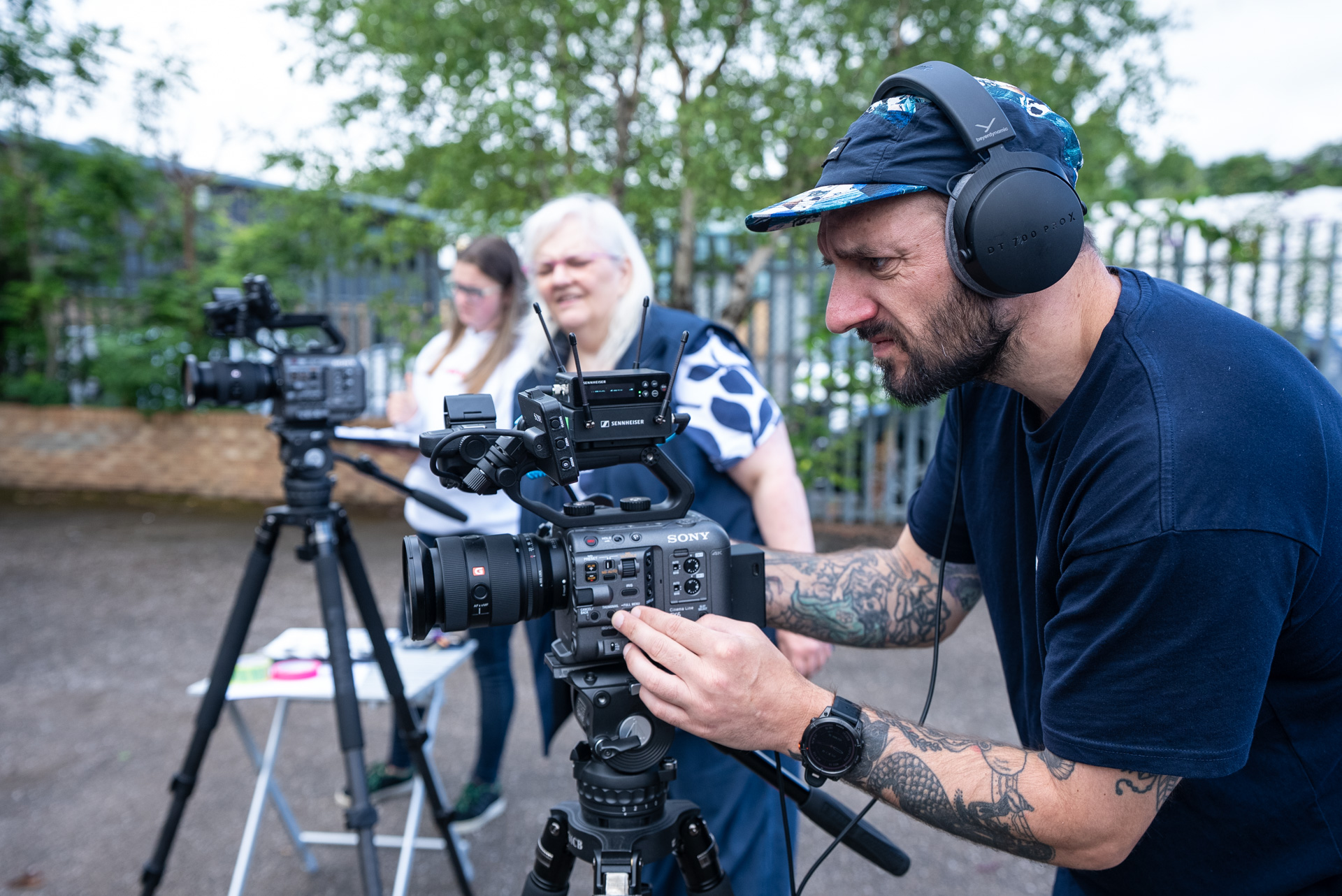Andrea Pacini is a presentation coach and the founder of Ideas on Stage UK, working with business leaders and clients including Microsoft, the World Bank and TEDx speakers. Andrea shared his key insights with Toby Trimble on how individuals and businesses can take their presentations to the next level.
Hello Andrea! Can you start off by sharing the differences between in-person and online presentations?
There are three key differences between online and in-person presentations. The first one involves set-up and technology; equipment like microphones, camera and lighting. Technology doesn’t have a big impact when it comes to in-person presentations — but it certainly does for online ones.
Another key difference concerns audience interaction, which is always important. Did you know that the attention of the audience begins to drop after ten minutes of an in-person presentation? That’s true no matter how strong a communicator you are, or how interesting your subject matter is. That’s the point, as a presenter, that you need to buy the audiences’ attention back — and you do that by introducing an engaging element. It could be as simple as asking a question — inviting them to think about what you’ve told them. Or creating a space where they can work on exercises.
What’s interesting is that the ten minute rule of attention becomes a three minute rule in an online environment. That’s because there are so many distractions and it’s harder to sustain an audience’s engagement in an online setting.
Our third difference is from a delivery perspective, which is really all about creating a connection with the audience. Think about eye contact: the way you make eye contact in an in-person presentation is different from the way you make eye contact online. It can be tempting when presenting online to look at the screen or our slides; but we need to remember that the audience is where the camera is, and that they require connection for engagement. I always recommend looking at the lens of the camera — that’s one way of creating a strong connection.
What are some of the key mistakes that individuals make when presenting?
The number one mistake is around messaging. That it’s too complex or technical — or simply that too much information is included. The reason why that happens is because when we know a subject in-depth — when we’re so close to it — we think that everything we know about it needs to be included; that it’s all relevant and important. You always need to put yourself in your audiences’ shoes — too many details can be overwhelming for them. It creates confusion, and if you confuse your audience you lose their attention.
The second mistake I often see is during the preparation stage of the presentation. Many people begin by opening up PowerPoint on their laptop and putting slides together — or writing down their objectives or key messaging. They’re not starting with the audience and what they know about them — and that’s where your presentation needs to begin.
The third mistake concerns how a presenter visualises or illustrates their message. Too often I see the dreaded ‘death by PowerPoint’ — a presentation with a multitude of slides with too many bullet points or text. Research shows that our brains can’t fully process reading and listening simultaneously — which means that slides full of text distract from the speaker.
It’s important to really consider how we visualise our messaging when we create presentations — it has a big impact on the retention of our audiences’ attention.
What’s the first thing you’d recommend for those looking to take their presentations to the next level?
Practise!
Any skill — whether it’s speaking in public, presenting or learning how to play an instrument or sport — requires knowledge and technique. What makes the real difference in the application of that skill is practice. The more you practise a skill, the more natural it becomes and the better your presentations will be as a result.




